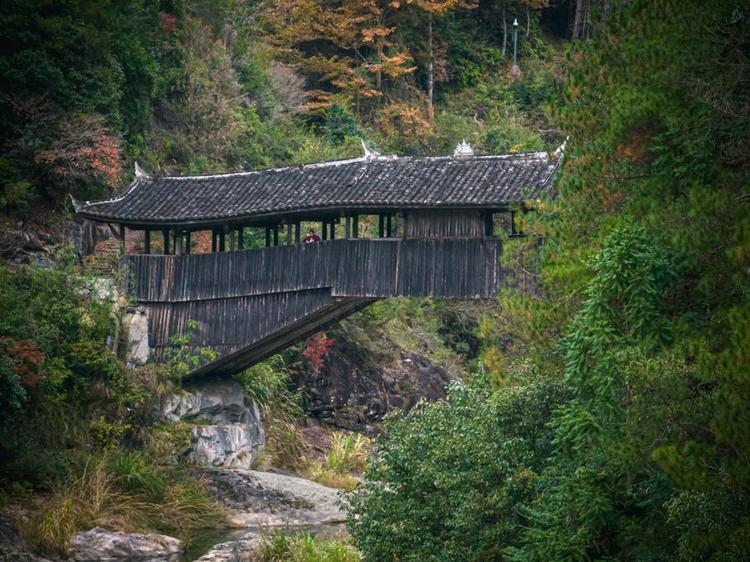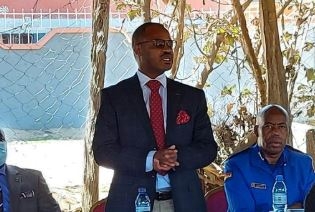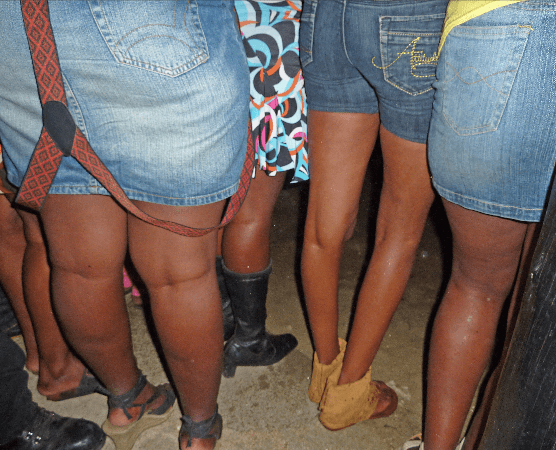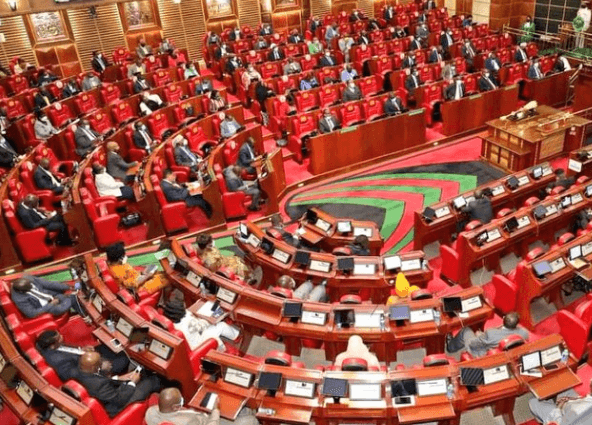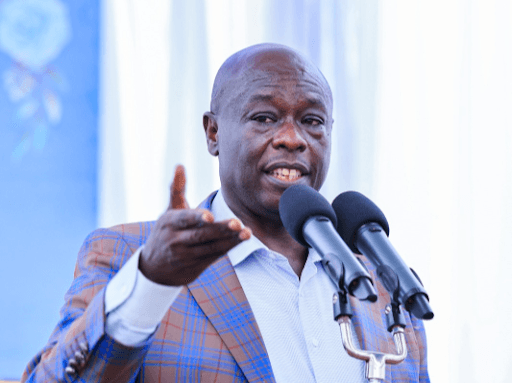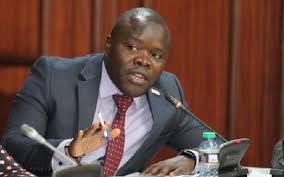Access to clean, safe and consistent water supply is now a reality in Maan village, Kapkoi sublocation, Elgeyo Marakwet county.
Some 172 households are beneficiaries of a Sh3.45 million solar-powered Kapkoi-Kibogy water project, constructed as part of the UK pact Greening Kaptagat project.
About 860 people have access to clean, safe and consistent water, if each household has five members.
Resident Phylis Cheruiyot said they used to trek for more than five kilometres in search of water.
“The new water project has saved us from moving with 20-litre jerrycans on our back as well as livestock,” she said.
The project was funded by the UK government’s department for business, energy and industrial strategy and the World Wide Fund for Nature Kenya.
Partners such as the county government, Kenya Forest Service and Eliud Kipchoge Foundation have also stepped in to implement the project.
BirdLife International, Wildlife Conservation Society and WWF are also partners under the Trillion Trees initiative.
Cheruiyot says the project has helped the village and especially women folk.
“The 20-litre jerrycan that we were getting after trekking for long was not enough for household use. We had to use it prudently,” she says.
Apart from a blossoming kitchen garden on her farm, she also plants maize, beans and millet for consumption and to offset school fees for her children.
Cheruiyot says one 90kg bag of millet goes for Sh12,000 while that of maize has drastically reduced to as low as Sh2,500.
Project coordinator Joel Keitany says the initiative has helped the community to better their livelihoods.
“The project was conceived by seven people over a cup of tea at the beginning of 2021. We needed a solution for the perennial water scarcity.
"Luckily one of our members who had travelled outside the country informed us that solar power can be used to end our water woes,” he said.
Keitany said when the idea was shared with them, they started mobilising resources, with each contributing Sh200.
After realising that the project needed more money, the team did a proposal that was shared with the county government.
The project got the attention of the governor who linked them to donors such as the World Wide Fund for Nature Kenya.
Keitany says they in the meantime prepared bylaws.
After the community gave the green light, the county government prepared a bill of quantities.
A surveyor from the county was also brought on board to demarcate the area.
The community was also educated on water management, catchment conservation and water governance by the Water Resource Authority.
Keitany says the place where the project is implemented was a spot where old men used to bathe.
The downstream side is also the melting point of sacred traditional events such as circumcision.
Keitany says the WWF-K team toured the project site and found it feasible.
“We are grateful that WWF-K funded the pump, the solar, solar inverter, and did the piping.
"The site where the solar panels and a 50-cubic metre tank is, was donated by members of the community. The whole project was done with the blessings of the community,” he said.
Also, pipes to the tank traverse people’s land as they willingly allowed it.
Land owners have also willingly given out 15 metres of their land near riparian areas for bamboo plantations.
This, Keitany says, will conserve the spot where the stream originates.
Keitany says those who donated their riparian for bamboo will also benefit once they sell them.
The bamboo tree will keep the source intact by preventing soil erosion and restoring the environment.
They will also benefit from bee hives.
WWF-Kenya also fenced the area to keep human activities at bay.
Keitany says they also have a social fence to secure the project and enhance sustainability.
A retired engineer with the Ministry of Water Oliver Cheboi has also been co-opted to provide the technical knowledge in the maintenance of the project.
Cheboi said the county could not meet their needs despite the high electric costs incurred in pumping the water.
“Depending on the sunshine, it takes five to six hours to fill the 50- cubic metre tank. The more the sun, the less the time it takes to fill up,” he said.
Cheboi said the pumping system yields 12 metres cubic per hour.
He also said people downstream continue to get water as the project has an allowance of overflows.
However, at the site of the tank, there is also an allowance for an overflow that benefits the surrounding community.
Cheboi says following the training, the community has appreciated the need to protect riparian areas by removing exotic trees and replacing them with indigenous ones.
He however says they still have a challenge with the piping system as the pipes being used to distribute water from the tank to the community are four inches while those bringing water from the source to the tank are two inches.
“We need smaller pipes for higher pressure,” Cheboi said.
He also said they have plans to chlorinate the water.
Beneficiaries of the project such as Cheruiyot are currently boiling the commodity.
Cheboi says the solar-powered project has provided valuable lessons to a similar project being run by the county that is electric-powered as the tariffs are expensive.
“The solar-powered project has reduced cost by 80 to 85 per cent,” he says.
Cheboi says the only cost is the maintenance of the project.
“I feel good to see people get water without straining. The availability of water has encouraged developments,” Cheboi says.
He says those doing zero grazing as a result of the pressure on land resources due to the increasing population are set to reap from the constant water access.
Moreover, Cheboi says, riparian areas are getting their groove back.
The UK-PACT greening Kaptagat ecosystem focuses on establishing agroforestry and clean energy solutions with a forest-based landscape.
These agroforestry activities include farming of fruit trees and indigenous species.
The project also aims to address carbon emissions from deforestation, forest degradation as well as biodiversity and poverty challenges in the Kaptagat landscape, by adopting an integrated approach.
It seeks to contribute towards Kenya's revised Nationally Determined Contribution to reduce emissions by 32 per cent.
The project's output includes the development and implementation of Kaptagat integrated landscape restoration plan including the 1,000ha (2,471.05 acres) under restoration.
Also, build capacity for upscaling of production of indigenous seedlings, fencing to allow natural regeneration and support protection of planting sites and development of participatory forest management plans.
It also involves building capacity for improved sustainable climate smart agricultural practices and reduced degradation through innovative livestock husbandry practices.
Also, feed preservation by providing education and outreach on use of post harvest technologies such as hermatic bags (1,500) and aluminium silos (48).
The project also aims to promote and increases awareness on access to clean energy solutions such as biogas units & solar powered water pump, value chain analysis for milk, passion fruit and business planning for other agricultural and agroforestry products.
By 2022 the progress made towards green recovery solutions in the wider Elgeyo Hills Cherangany Ecosystem will have an impact on national, regional and global climate change approaches.
The project will influence planning and budgeting for increased focus on climate change mitigation and adaptation within the wider Elgeyo Hills Cherangany Ecosystem (Elgeyo Marakwet, Uasin Gishu, Baringo and Trans Nzoia).
(Edited by Bilha Makokha)
“WATCH: The latest videos from the Star”

